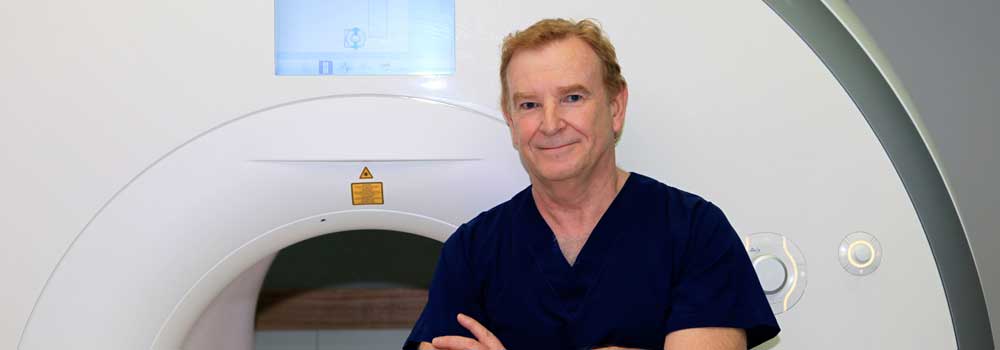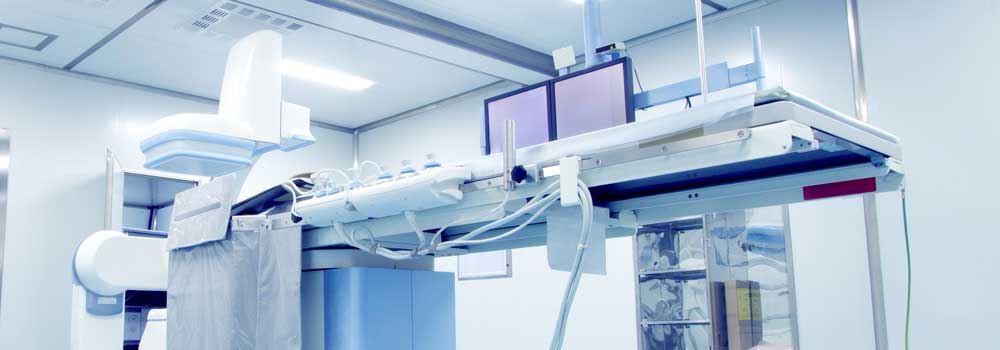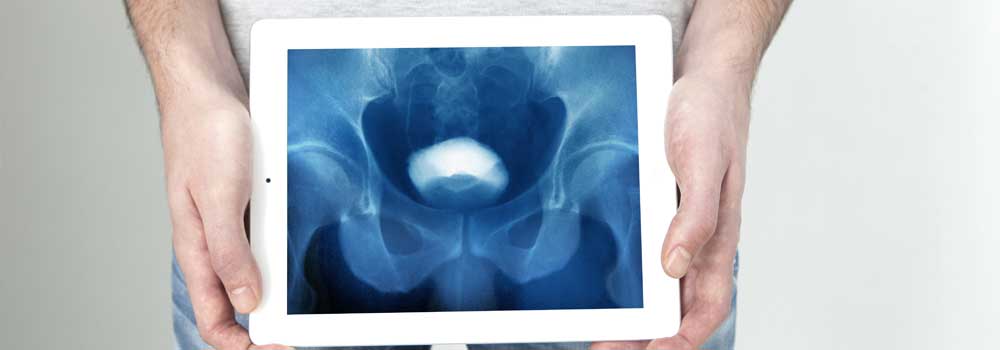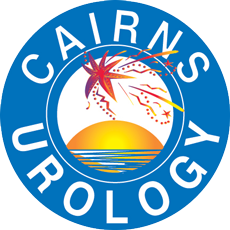



Peyronie's Disease
What is Peyronie's Disease?
Peyronie's Disease is the term used for curvature of the penis at the time of erection. It occurs in approximately 3% of men and the average age is in the 50's. It occurs because of scar tissue which is present in the covering of the erectile bodies of the penis. It is not attached to the skin and the curvature is only apparent at the time of erection.
Because of scarring affecting the delicate erectile bodies, (corpora cavernosa) there may be an incomplete erection, or alternatively there is occasionally a "waist" as a result of the scar tissue causing narrowing of the shaft of the penis. Hardened areas referred to as "plaques" can often be felt.
Cause
The cause of Peyronie's Disease is not usually defined. It may occur as a result of episodes of trauma to the penis in the erect position when a buckling-type injury occurs as the result of poor aim when attempting penetration at the time of intercourse. It may buckle against the partner's pubic bone. Usually that occurs when the female is astride the male partner and the erect penis strikes the pubic bone. The male may hear and feel a "snap" and a fracture of the penis may have occurred, causing severe angulation of the penis and swelling as the result of bruising.
The most common complaint is curvature followed by pain and the presentation of a lump. However, more commonly the penile deformity appears to arise spontaneously. It is thought that there are perhaps microscopic splits in the coating of the erectile bodies. Blood clots form to seal those splits off to prevent bleeding, and as a result of the subsequent healing process with scar tissue damage to the honeycomb-like erectile bodies occurs. The scar tissue causes obliteration of those spaces which fill with blood at the time of erection and this leads to penile angulation.
The direction of angulation may be upwards or downwards or to either side, and there may even be rotational scarring leading to a corkscrew-like appearance.
Treatment
Because sometimes is is possible for the amount of angulation to reduce without treatment (3%) or for further deformity (3%) to occur spontaneously also, surgery is not usually carried out until approximately twelve months have have elapsed. That period of time allows the scar tissue to mature and the condition to stabilise.
It is usually the younger patients who are more likely to deteriorate and who are most anxious to recover.
Unfortunately there is no well-established medical treatment which may prevent angulation occurring in this condition. There are no creams, tablets or injections, and no "natural products" which have been proven to be highly effective in reducing the degree of angulation or curing it.
Correction is only required if intercourse is not possible because of the curve, or if intercourse is painful for the man or partner. Correction of the penile deformity is usually carried out as a surgical procedure under general anaesthetic and may be carried out as a day case under general anaesthetic.
Surgery
The procedure is designed to straighten the penis but is not designed to improve rigidity or duration of an erection.
The Operation
The usual procedure, Penile Plication, involve san incision around the head of the penis. The skin is then pulled back like pulling up a sleeve, to expose the area where the fibrous plaque, (scar) occurs.
While under the anaesthetic the patient is given an injection, Prostaglandin, which gives an erection which enables penile measurements to be taken to minimise the degree of possible shortening of the penis while the corrective procedure takes place.
The procedure itself involves "taking tucks" on the side opposite the curve to straighten out the deformity and attempting to create a straighter erection. It may not be possible to correct a "waist". The skin is then returned to the normal position and the edges of the skin closed with stitches which will dissolve and drop out by themselves, usually within a week of the operation. Some men who are uncircumcised may require a circumcision at the time of the procedure.
Erection should be discouraged and intercourse avoided for at least one month post operatively. There should not be much in the way of discomfort post-operatively and pain relief is usually achieved with Paracetamol - Codeine combination taken orally.
There will be some bruising of the skin which may look "black and blue" as well as some swelling but that will settle in time, (usually 2-4 weeks).
Occasionally, it is necessary to take tablets to reduce the frequency of spontaneous erections but the situation must be dis-cussed with the Doctor first.
Ideally, the erect penis should be straight but every attempt is made to preserve length, and length is not sacrificed for straightness.
Sometimes, (usually less then 10%) there is recurrent curvature or new plaques which develop.
There are alternative procedures which may be performed in some circumstances and some men may require a penile prosthesis to achieve erections and to correct the deformity.
